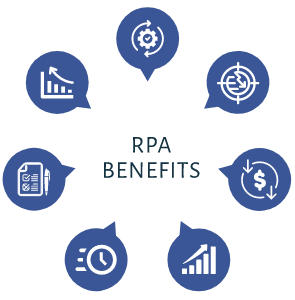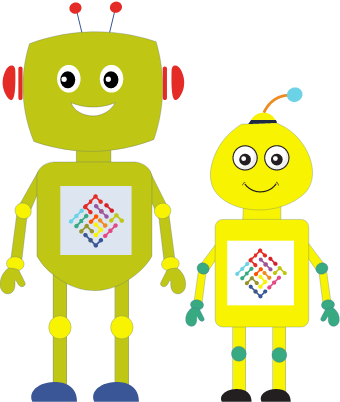Talosnation
To determine whether a process is a good match for RPA, there are a few key criteria to consider:
- Repetitive and rules-based: RPA is best suited for processes that are repetitive and rules-based, such as data entry, invoice processing, and customer inquiries. These types of processes can be easily automated by creating a set of rules or instructions for the bot to follow.
- High volume: RPA is most effective when applied to high-volume processes that can benefit from increased efficiency and speed. For example, automating invoice processing can significantly reduce the time it takes to process a large volume of invoices.
- Structured data: RPA is designed to work with structured data, such as data that is organized in a table or spreadsheet. Processes that involve unstructured data, such as free-form text or images, may not be suitable for RPA.
- Low exception rate: RPA is not well-suited for processes that require frequent human intervention or decision-making. Processes with a high exception rate or that require human judgment may not be a good match for RPA.
- Well-defined process: To implement RPA effectively, the process must be well-defined and standardized. This allows the bot to follow a set of rules or instructions and automate the process.
Overall, if a process meets these criteria, it may be a good match for RPA. However, it is important to carefully evaluate each process and determine whether RPA is the most appropriate solution. In some cases, other automation technologies, such as optical character recognition(OCR), machine learning or natural language processing, may be better suited to the process.




